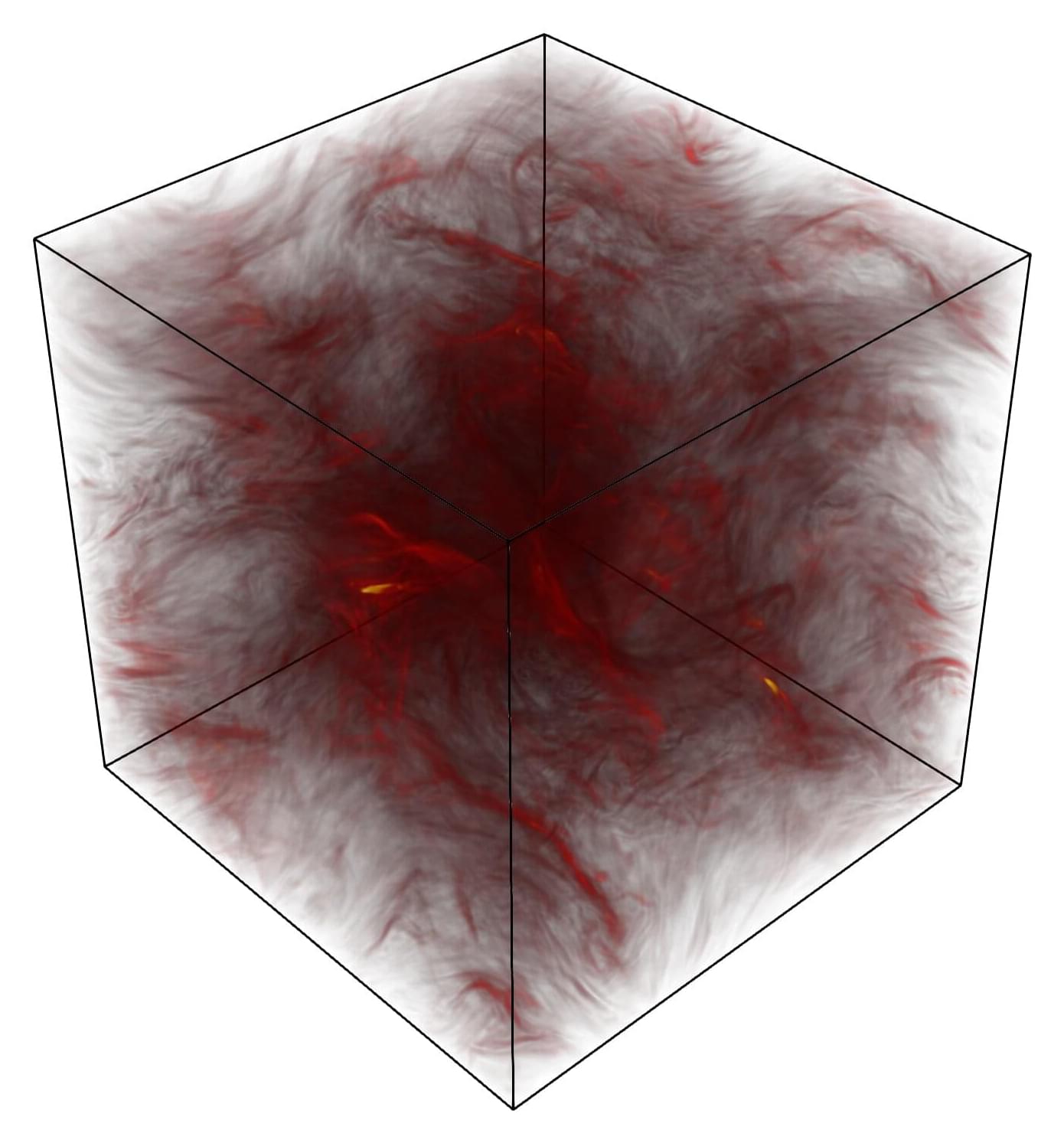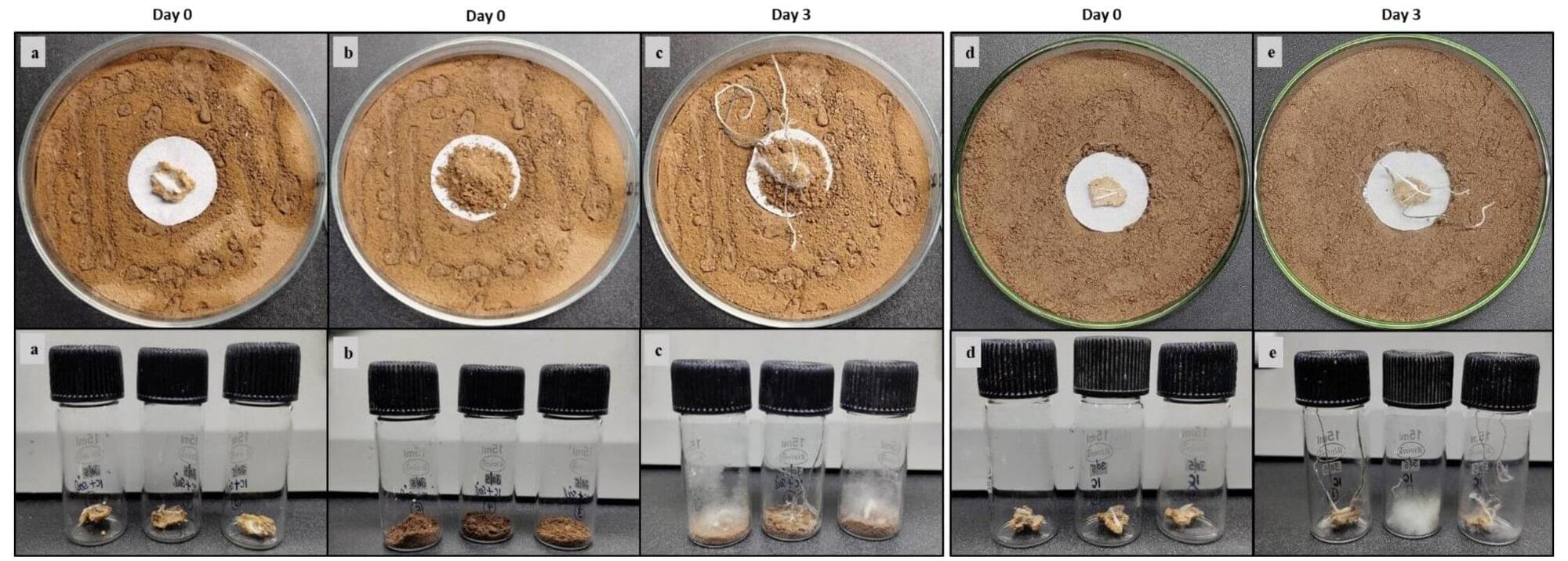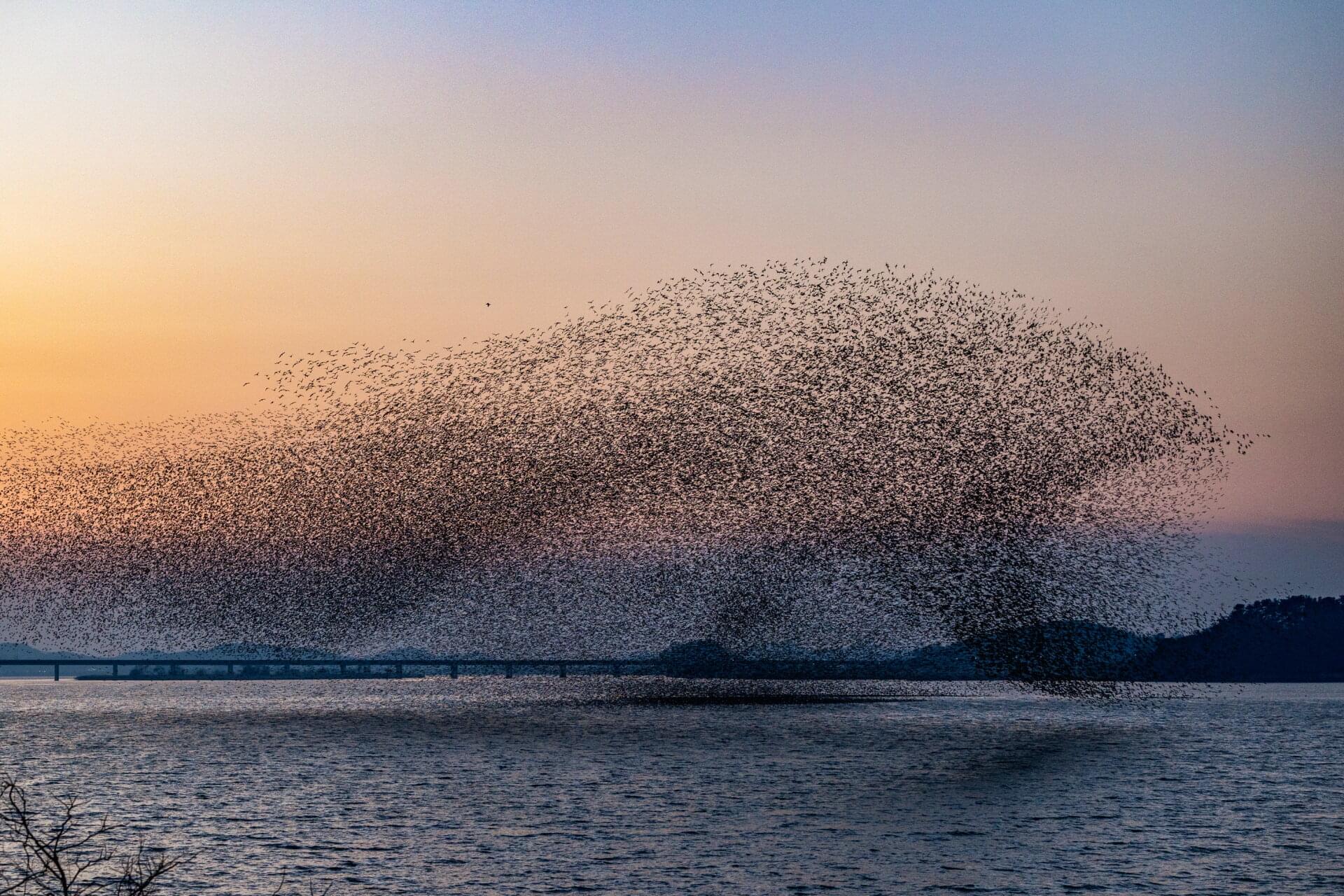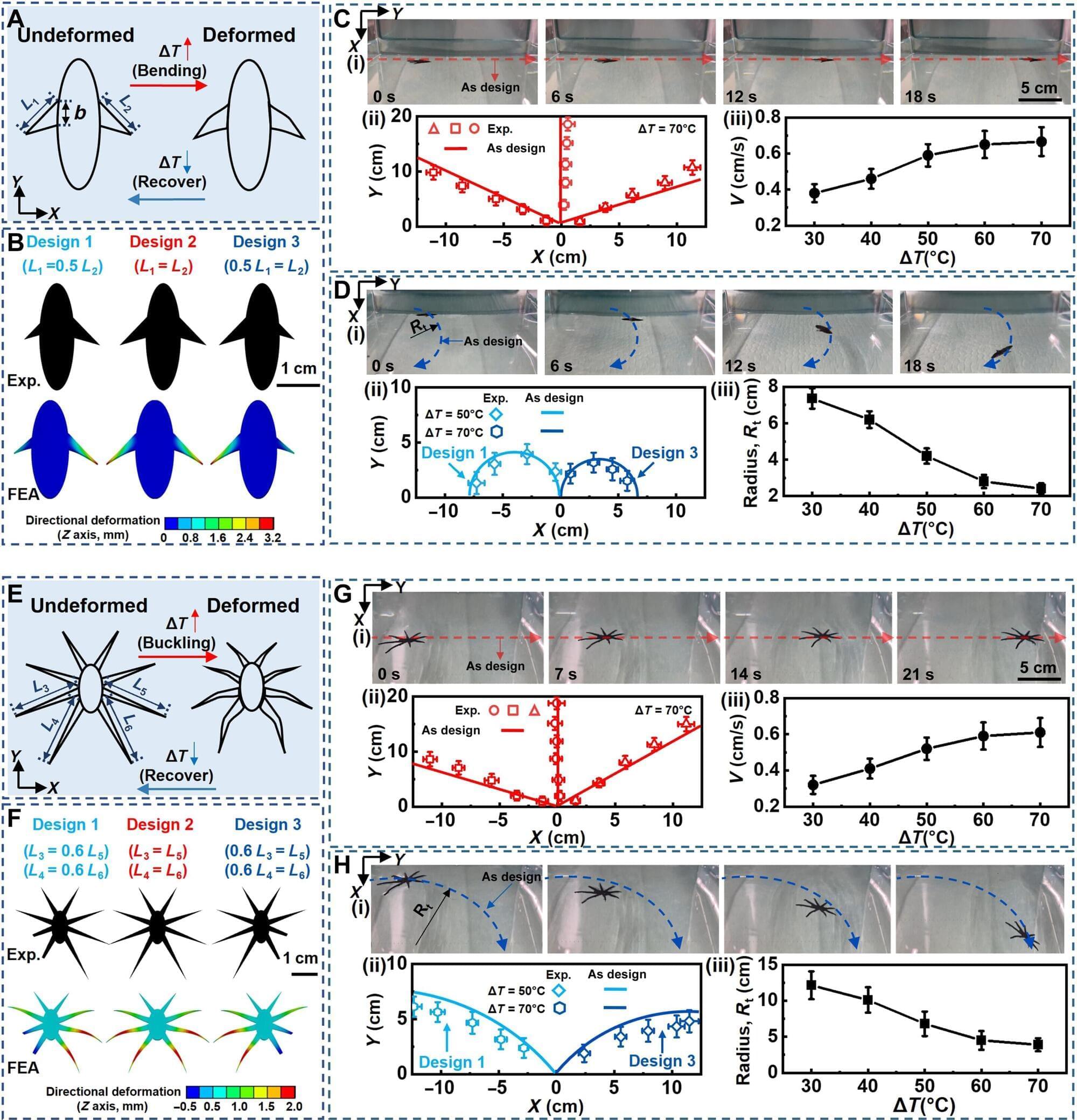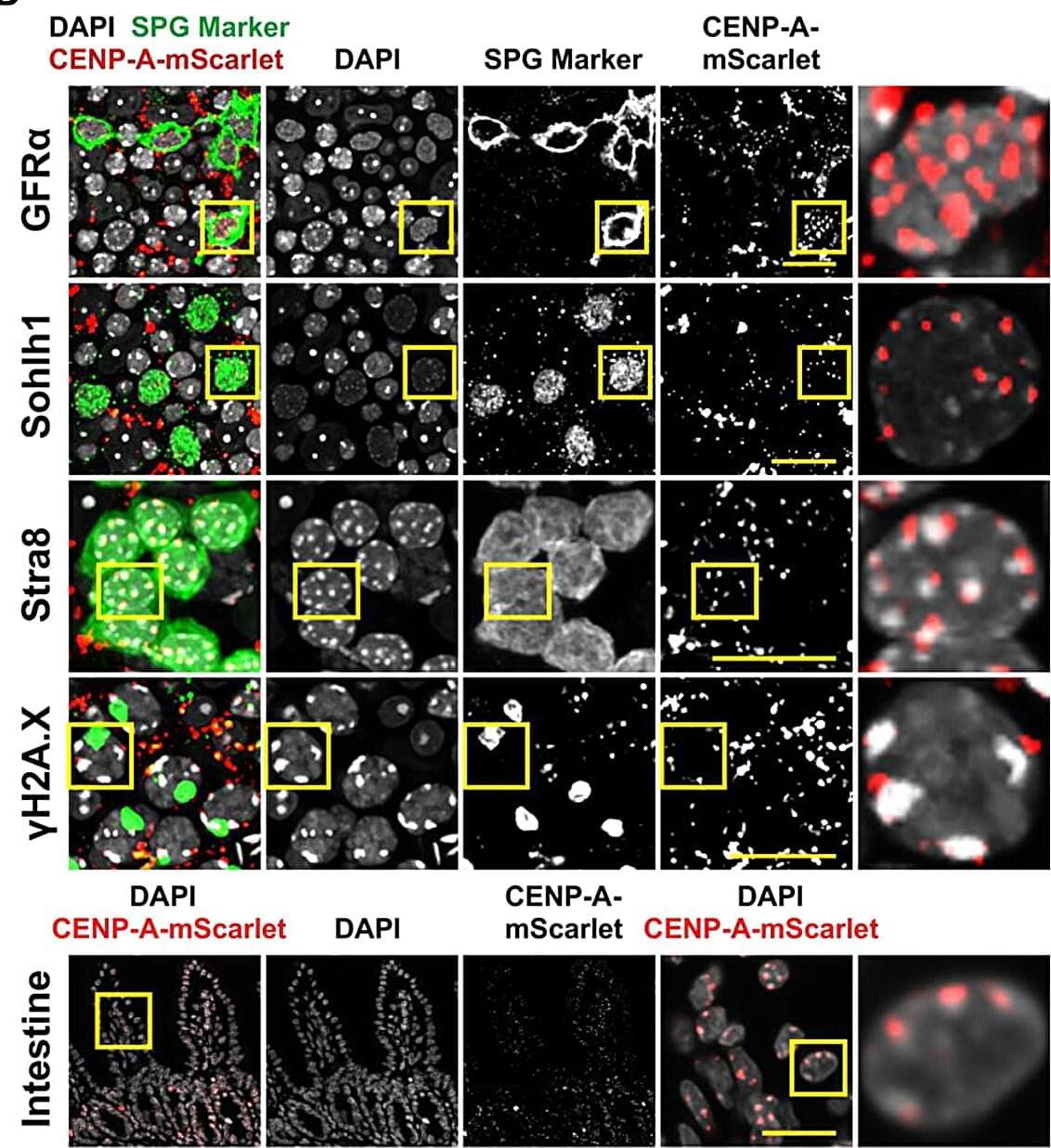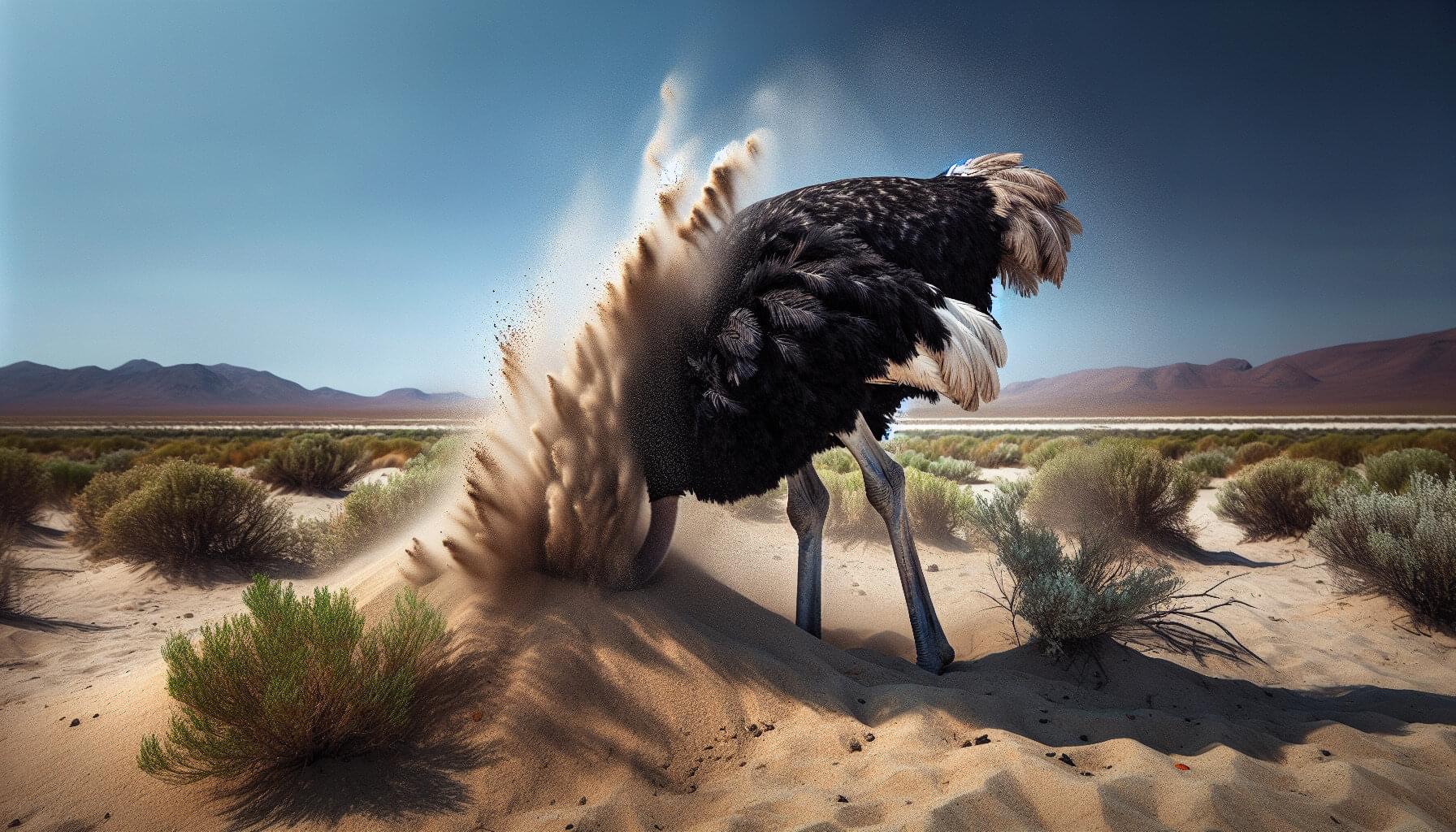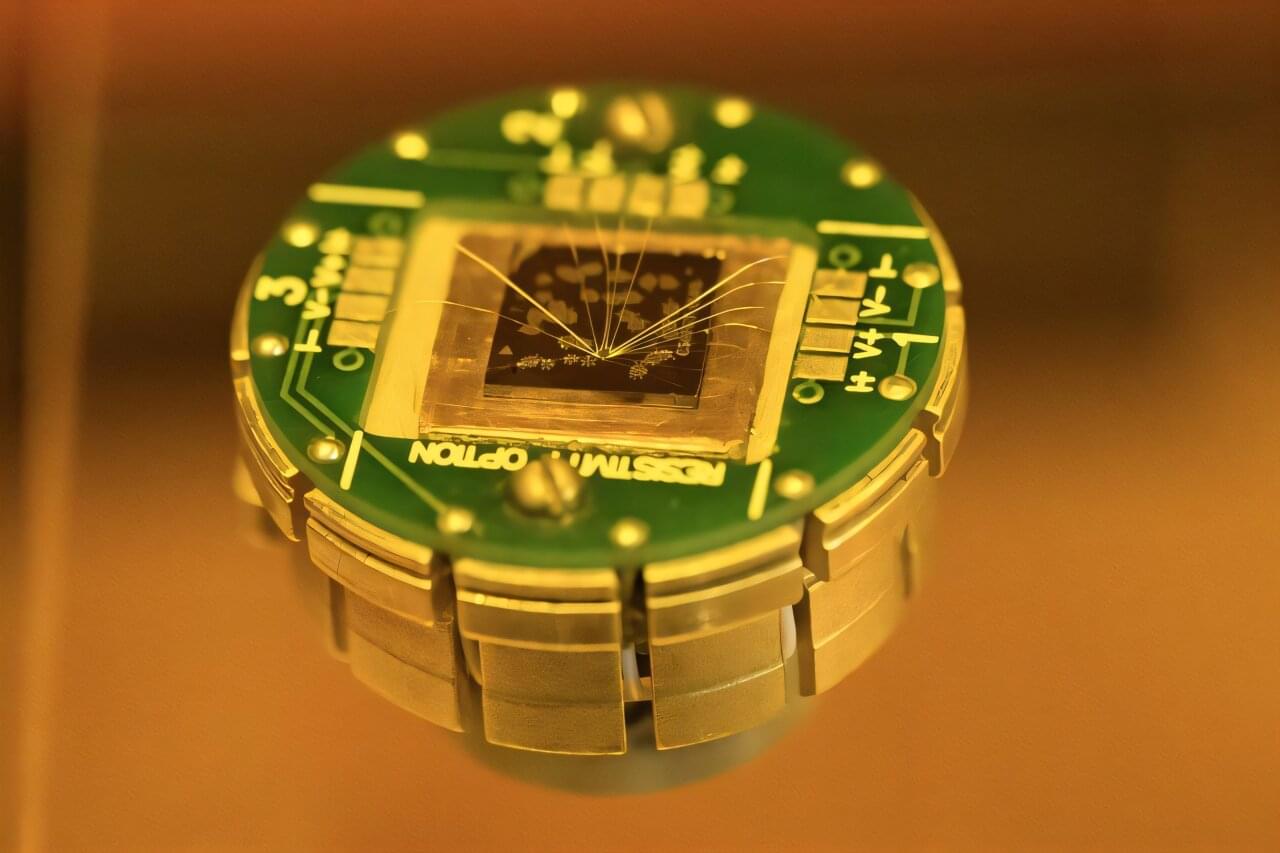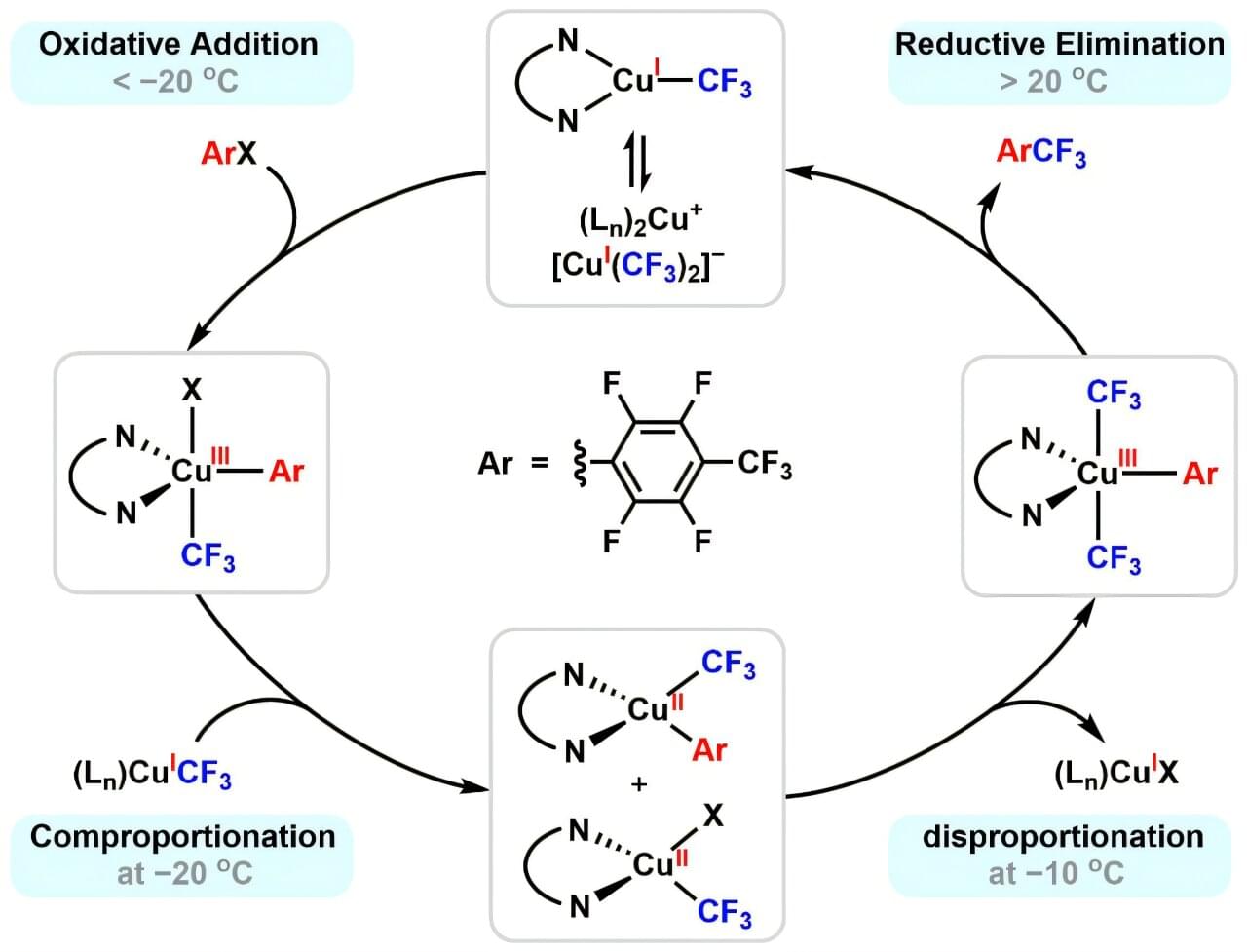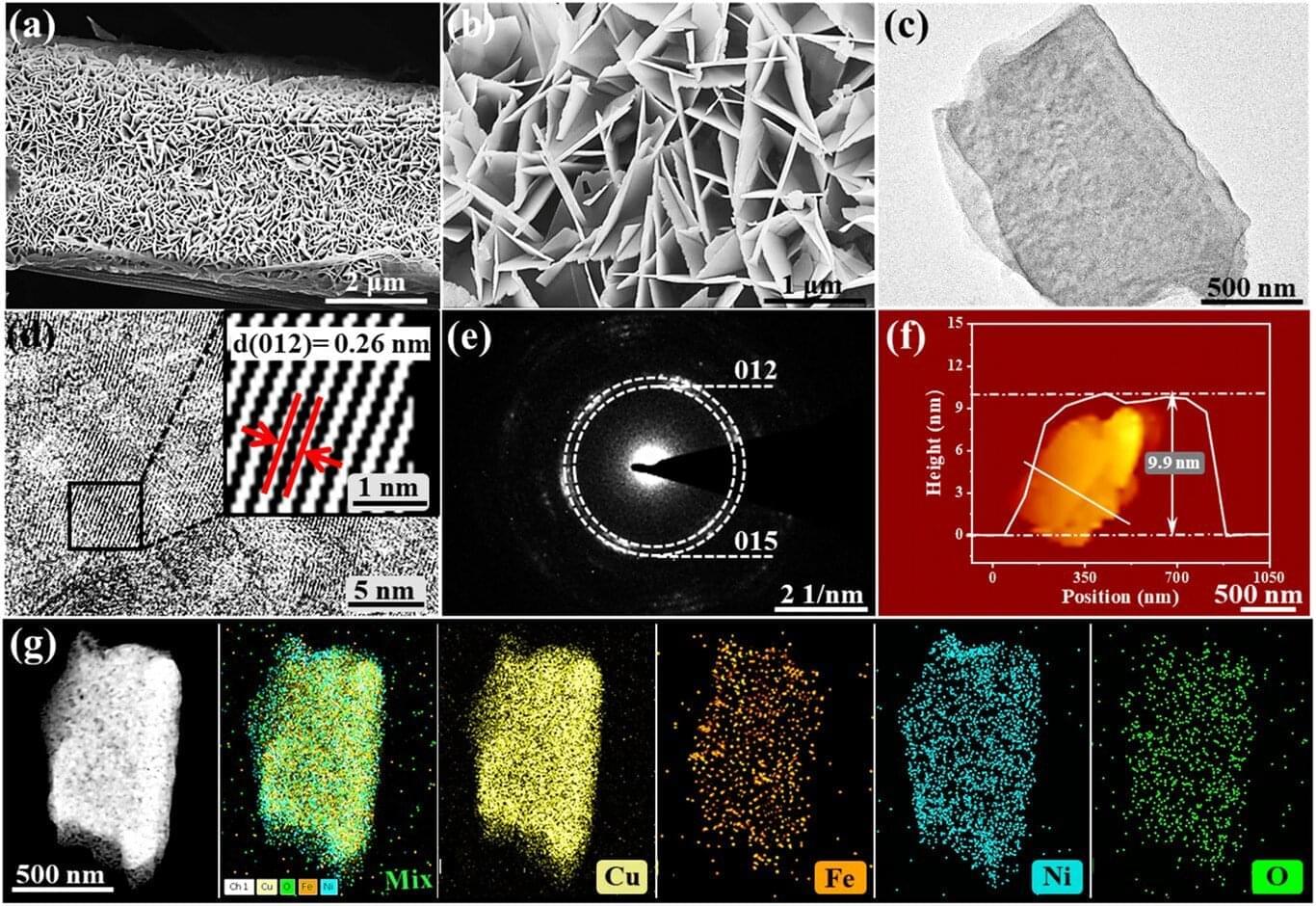Plasma is a state of matter that emerges when a gas is heated to sufficiently high temperatures, prompting some electrons to become free from atoms. This state of matter has been the focus of many astrophysical studies, as predictions suggest that it would be found in the proximity of various cosmological objects, including pulsars and black holes.
Previous research findings suggest that the environment around these celestial objects is turbulent, which essentially means that magnetic fields and electric fields within it fluctuate chaotically across many scales. These chaotic fluctuations would in turn influence the movements and acceleration of particles.
Researchers have been trying to reproduce the turbulent environment associated with the emergence of plasma in space using numerical simulations. However, they were so far unable to realize a steady state in which a system’s properties no longer change over time, such as that one might observe in real cosmic systems.
